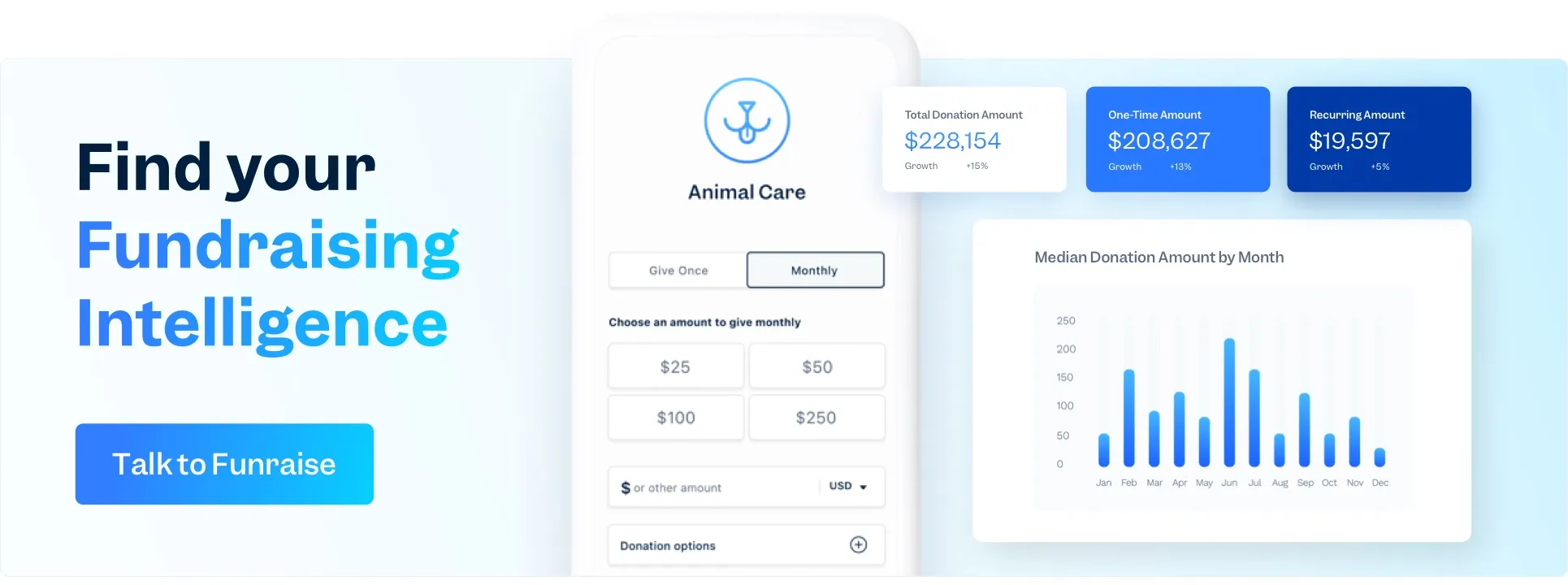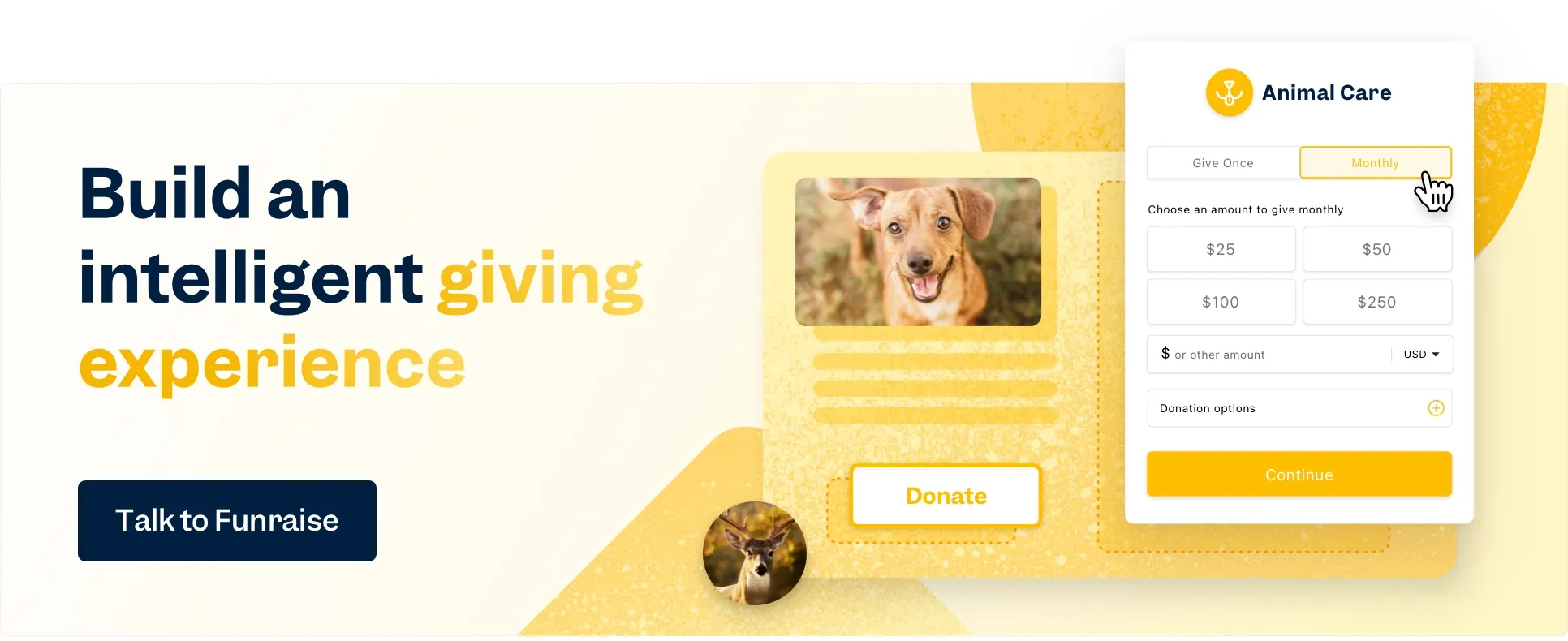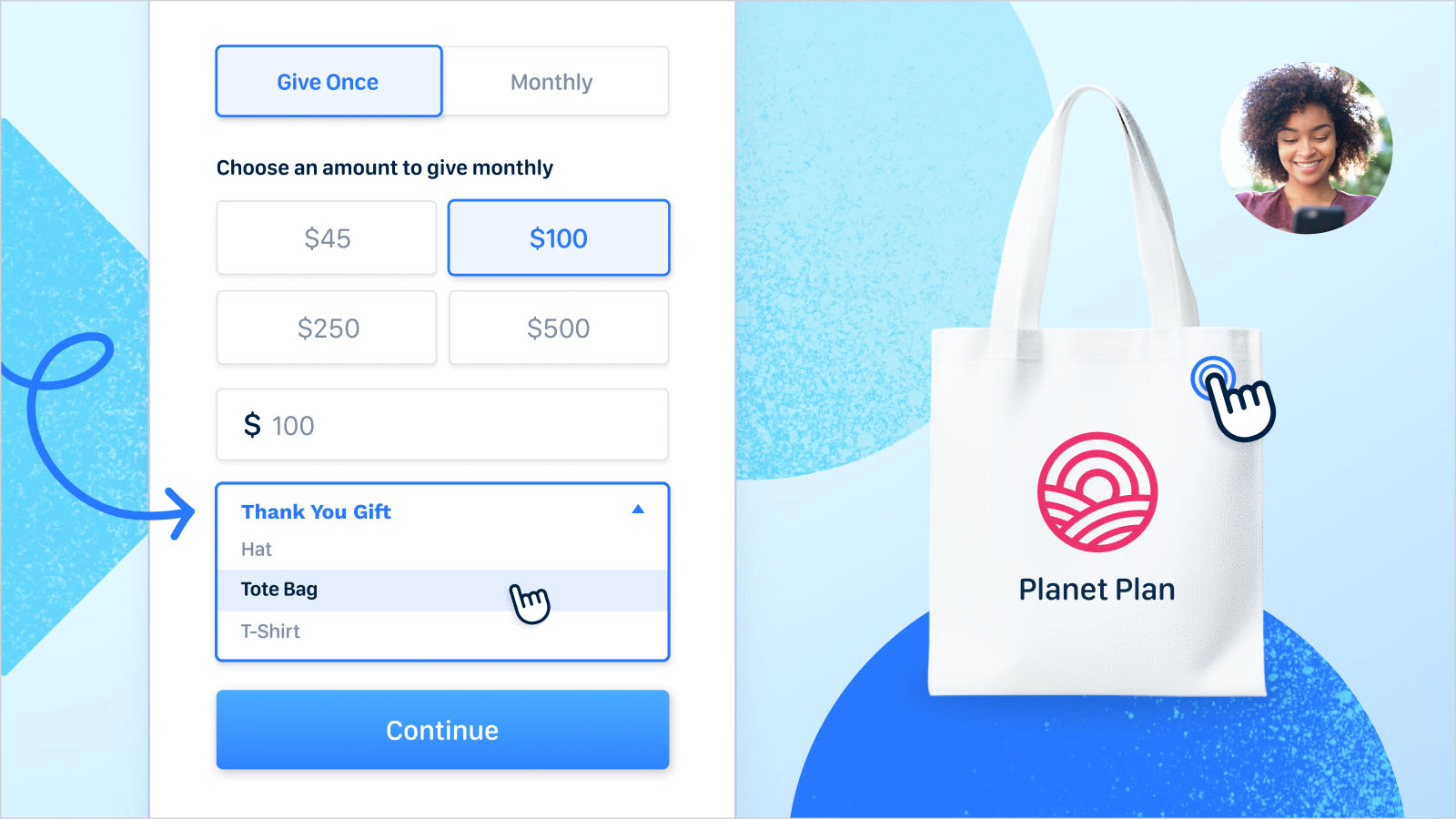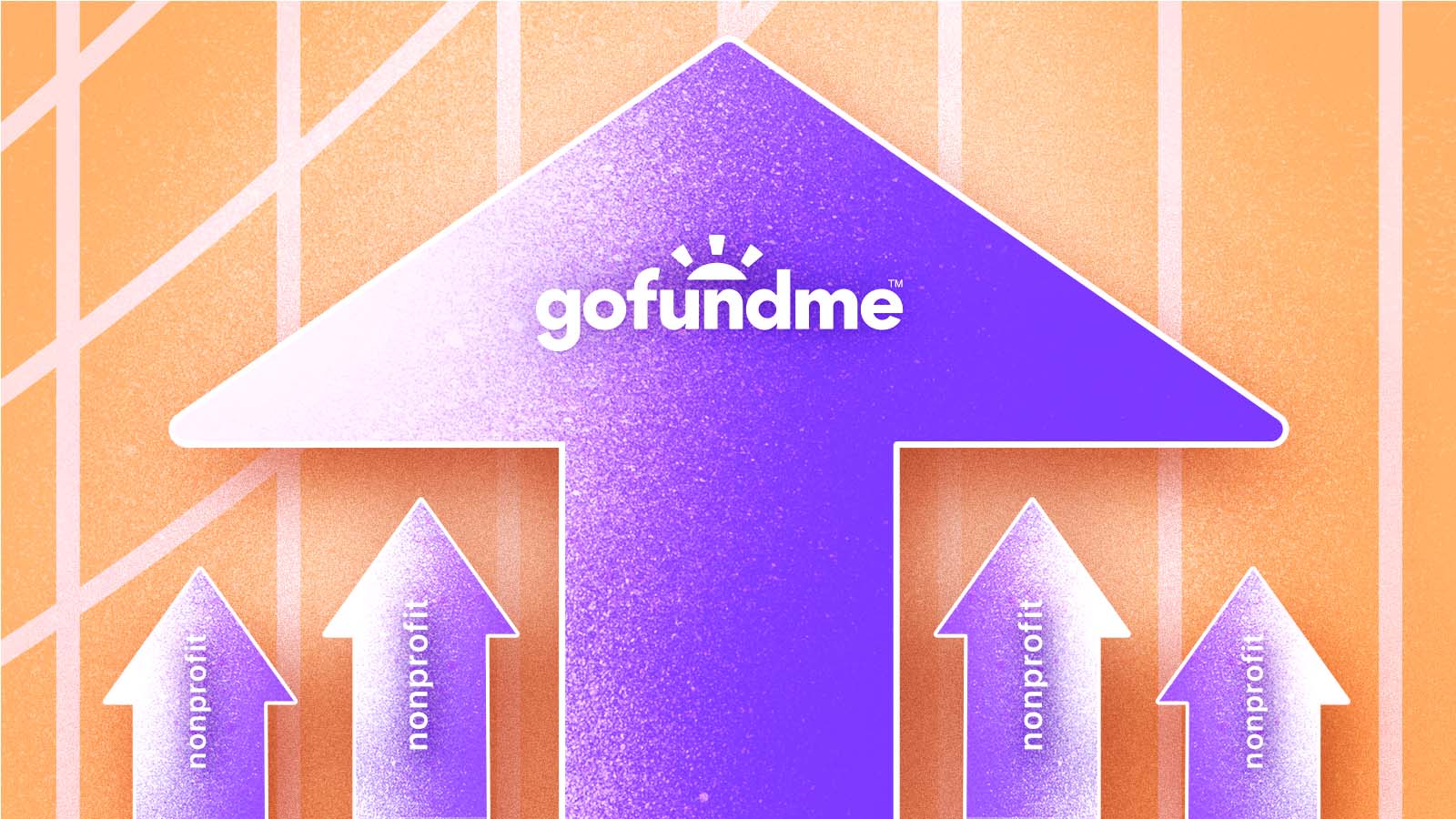For some of you, this might be a painful truth: you can't ignore social media strategy any longer if you want your organization to grow. We understand that building a social media presence feels overwhelming at times; like a monster you can never satisfy, it always wants more. But trust us, social media doesn't have to be a monster you hate; let's make it a friendly pet.
By sharing social media posts, you can grow your target audience substantially and support your fundraising initiatives across a variety of social media channels.
Take DIGDEEP as an example. They took the leap to try out Funraise’s Facebook integration with twin goals of spreading the word about the need for clean water and growing their donor base. Their success in achieving both goals translated into increased donations year over year over year: DIGDEEP raised $64,805 for World Water Day 2019, more than doubled that by raising $147,573 for World Water Day 2020, and did it again the following year, raising more than $190K for World Water Day 2021.
The Building Blocks of Social Media
There are a few basic things you need to do to ensure your social media strategy doesn't just work for your organization but that it works well.
Claim your organization’s name
It's an easy first step, and it might seem obvious, but many organizations fail to do this early on! If you haven’t already, be sure to create accounts with your nonprofit’s name on all of the big platforms (Facebook, Instagram, LinkedIn, X (Twitter), and TikTok). Even if you don’t think you’ll use the platform, it’s important to secure ownership of the name across platforms. And heck! It'll give you a little taste of how each social media platform works so it won't be so foreign the next time you log in.
Pro Tip: If someone else took your preferred profile name, don't worry! Pick something that's close and then use that across all the other social media channels. Uniformity is key here.
Populate your profile
Now that you have all the platforms on deck, it’s time to add your nonprofit's basic information on each platform so that volunteers and donors can easily find you. This includes your organization’s website, phone, address, email address, etc. Do this for every platform, even the ones you don’t plan to use—potential donors are going to see your organization, so don’t diminish your discoverability.
Upload images
Social media strategy is primarily about three things: connection, information, and visuals. To make things easy, start by using your website photos as your profile picture. If you have an image with your nonprofit's name, even better! The goal is to get an image up so people know the account is real and connected to you in a legitimate way.
Bonus tip: If your nonprofit has a campaign video, get that video content up! It'll round out your social media presence without having to create new content.
Share information
Tell your story! With your platforms up and running, it's time for you to tell the world about what you do, who you help, and why you're passionate about the work. Posts can be about recent donations, job openings, or news updates. Really, the visual content bounds are endless, so share away!
Pro Tip: Choose one or two social media platforms to focus on; you don't need to learn 'em all.
The Importance of Maintaining Social Media
You have your social media platforms, so what now? Great content is key, especially when it comes to visibility and peer-to-peer fundraising. We won’t bore you with the details of each platform’s algorithm (the technology that controls who sees what posts), because quite honestly, those algorithms change frequently. There is one thing that holds true, though: providing value through your posts. As long as you keep engaging with your audience and posting relevant updates, people will continue to discover your organization.
Cameron Bartlett, nonprofit digital marketing trendsetter and Stop Soldier Suicide's VP of Performance Marketing, reveals this little-known nugget of information on the Nonstop Nonprofit podcast:
There was a time where people thought like I need to post every day on social or four or five times a week or something. But like, I love giving people the permission to step back and say, I'm not going to keep up with those regiments or those routines. I'm going to instead create great content. And when we have great content to share, that's when we'll post because it's so much more valuable. –Cameron Bartlett, Stop Soldier Suicide
Be sure to consider your organizational voice, too. This may happen naturally if only one person is managing the social media efforts, but if you have a social media team, set clear guidelines. Does your nonprofit sound friendly or informative? Does it tell stories or share jokes? Consider these questions as you define the voice you want to have on your social posts.
If you're having trouble growing your social media audience, we have some tips for you to get to that target audience.
Invite people to “like” your pages or become followers.
e sure to add your social media profile links to emails as well as to your fundraising campaign communications and encourage potential donors and volunteers to like and follow. If you follow them, they may follow you back!
Get your board involved
Your board members are secret heavyweights! Add a board engagement element to your social media goals and ask each member to engage with your social media postings (comments and shares are best, but likes count, too) on a regular basis. Higher-level engagement, such as shares, increases the audience of your posts exponentially. This kind of activity will make your fundraising efforts much more successful.
Be patient.
Social media success stories aren't the type of thing that happens overnight to most social media accounts, and especially when you're starting out, this isn't a tactic that's designed to move your fundraising needle immediately. So don't freak out and stay the social strategy.
Choosing the Best Social Media Platform for You
Not all social channels will work for you and your nonprofit, so it's important to choose the right one(s). Do you have a lot of photos? Maybe someone on staff who's the designated fundraising event photographer? If so, then a social channel that prioritizes visual content such as Instagram will work well. If you have younger interns or staff on hand who enjoy making campaign videos, get on TikTok! You'll be able to capture Gen Z's attention when they're looking for causes to support.
If the content you regularly create is more like blogs or stories, then share those on LinkedIn and Facebook so you can grow a larger (and broader) audience. Many organizations use Facebook donations, especially on Giving Days, so be sure to keep your Facebook profile tidy and updated.
Need still mooooore incentive to dig into social? Check out these social stats you need to see:
- Did you know that... 81% of US and Canadian NGOs say campaign video is very effective in communications and fundraising, but less than 10% of them use YouTube Fundraising Tools or YouTube Ads? Meanwhile… YouTube is the top social media platform in the US for 73% of adults.
- With over $5 billion donated through Facebook and 60% of US adults on Facebook, you’d think every nonprofit would be using Facebook's fundraising tools for nonprofits. But... 55% of US and Canadian NGOs aren’t fundraising through Facebook!
- Instagram ads cost 30-50% of Facebook ads, but they get twice the engagement. Yet only 29% of US and Canadian NGOs advertise on Instagram! Plus, Instagram ads rely on compelling video + images, which 74% of US and Canadian NGOs say is very effective in communications & fundraising.
Social Media and Funraise
You have your social platforms set up and you’re ready to tackle social fundraising. So, what next?
Funraise offers seamless Facebook and Instagram integrations that allow you to increase your peer-to-peer fundraising by syncing your donor and donation data. No more manual tracking or wading through complicated reports that Facebook and Instagram generate—Funraise's powerful tools manage all of that and help you see what works and what needs improvement.
And if you're feeling adventurous, Funraise has strategies for livestream fundraising so you can engage directly with donors, even when they're far away. We’re here to help your social media work even better for you.
Social Media—check! That's one more small step for digital, one giant leap for your nonprofit! Pat yourself on the back and then, onto payment processors. Take that next step, then follow the rest of the steps in our Let's Get Digital! guide.
- Using Donation Buttons to Empower Giving
- Step Up Set Up Your Nonprofit's Email List
- A Donor Database You Can Depend On
- Let's Get Digital! Why Your Nonprofit Needs a Robust Digital Presence
- Your Nonprofit Needs More Than a Website–It Needs a Good One
- How to Fundraise: 3 Things You Can Do Now to Start Digital Fundraising
































.webp)
.webp)











.webp)
.webp)

.webp)
.webp)
.webp)




